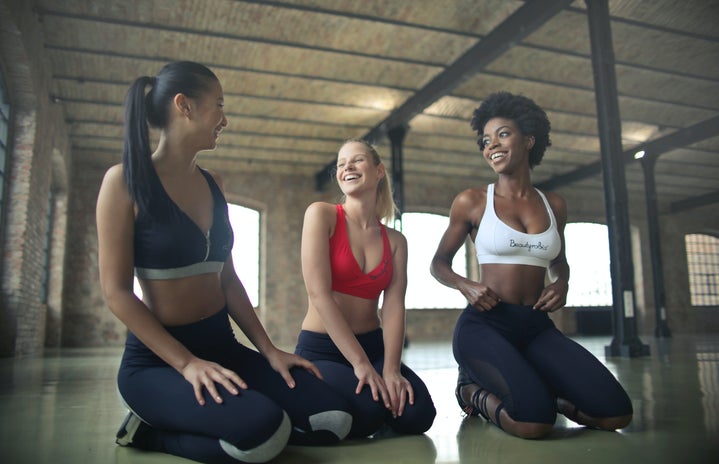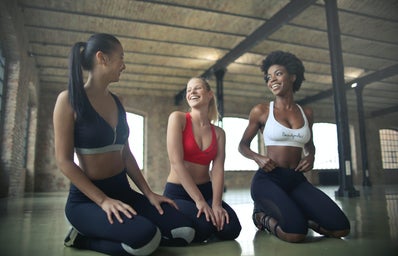Women’s pain has been notoriously misdiagnosed, underrepresented and ignored. This phenomenon is apparent for the women around us who suffer at the expense of the medical practitioners who are supposed to protect them. In Abby Norman’s novel, Ask Me About My Uterus, she describes her journey with endometriosis: a condition in which misplaced endometrium-like tissue grows on organs other than the uterus. Many doctors informed Norman that she had a urinary tract infection and it wasn’t until her boyfriend accompanied her to an appointment that her pain was diagnosed. One doctor even insisted her symptoms were the result of childhood sexual abuse, despite Norman stating this never happened.
We know that women are no strangers to pain, the obvious being period cramps and childbirth. Women are also significantly more likely to have chronic pain disorders such as fibromyalgia than men, and according to Harvard’s Health Blog, when it comes to chronic pain “70% of the people it impacts are women.” Research has shown that when women and men present the same severity of abdominal pain, men wait an average of 49 minutes before being treated, while the average wait time for women is 65 minutes. Women are also consistently prescribed less pain-relieving medication, even when controls for weight are applied. In May 2018, Naomi Musenga called Strasbourg’s ambulance service with severe stomach pain and said: “I’m going to die.” The operator told her, “You’ll definitely die one day, like everyone else.” Musenga was taken to the hospital and after waiting five hours, had a stroke and died of multiple organ failure. Musenga was only 22 years old.
So how exactly did we get here? The theory goes that it’s all in our heads, an implicit bias that views women as emotional creatures that tend to be overdramatic. Women are frequently told to “calm down” and “just relax.” A man, on the other hand, would never exaggerate his pain, for he is told to suppress and minimize it. Women are painted as the “hysterics,” and often have their physical symptoms ascribed to mental health issues. Raging female hormones have been the source of blame, precluding women from making the right judgment. When describing their levels of pain, women are viewed through a cultural lens that perceives them as whinier.
The unconscious attribution of traditionally feminine characteristics enables women’s pain to be taken less seriously. The unfortunate reality is that we know that women experience and suffer from debilitating symptoms and chronic illnesses, but so many of them are mistreated in their search for relief and recovery. The influence of gender concerning pain treatment is relatively unknown and misunderstood because many women don’t recognize the bias and question themselves instead of their treatment. Becoming more conscious of this is the first step towards combating the dangerous consequences of female pain being ignored.
References:
Kiesel, Laura. “Women and Pain: Disparities in Experience and Treatment.” Harvard Health Blog, 7 Oct. 2017, https://www.health.harvard.edu/blog/women-and-pain-disparities-in-experience-and-treatment-2017100912562.
Pagán, Camille Noe. “When Doctors Downplay Women’s Health Concerns.” The New York Times, The New York Times, 3 May 2018, https://www.nytimes.com/2018/05/03/well/live/when-doctors-downplay-womens-health-concerns.html.


